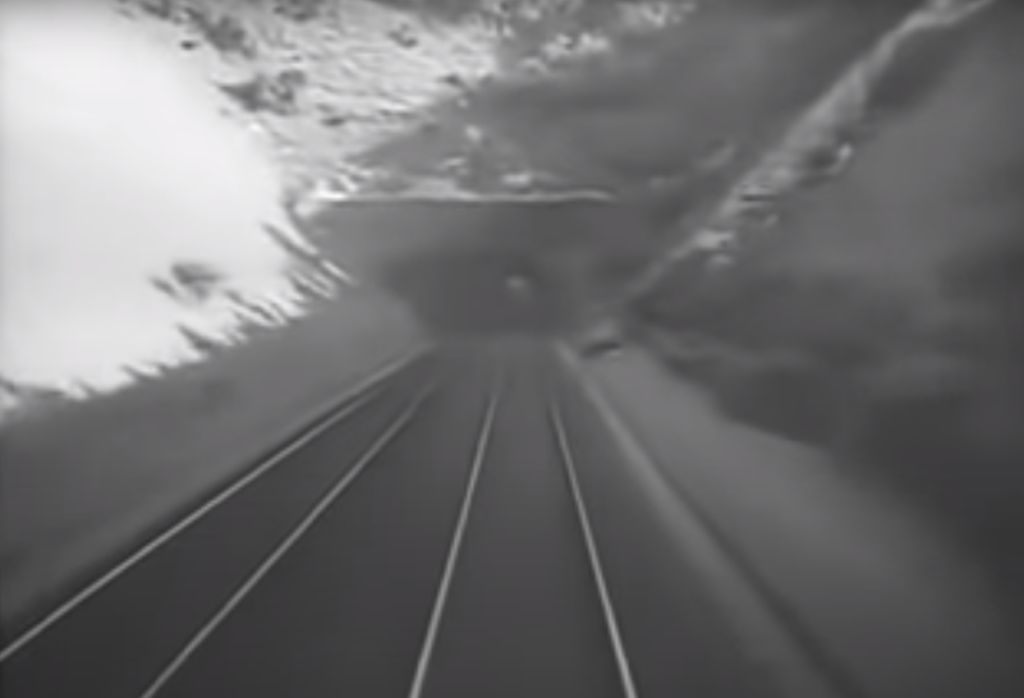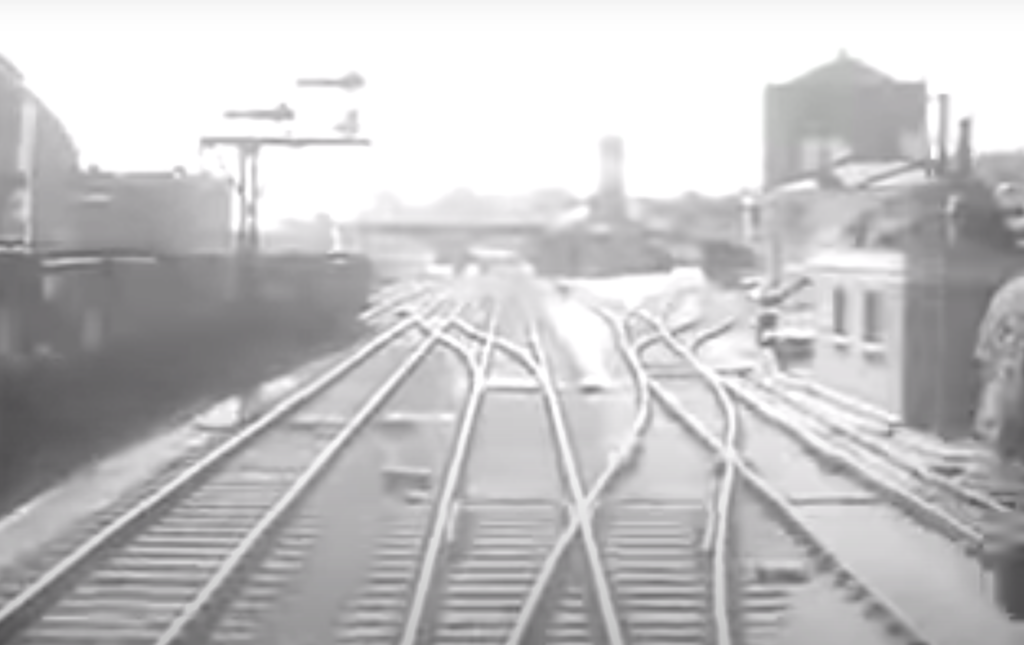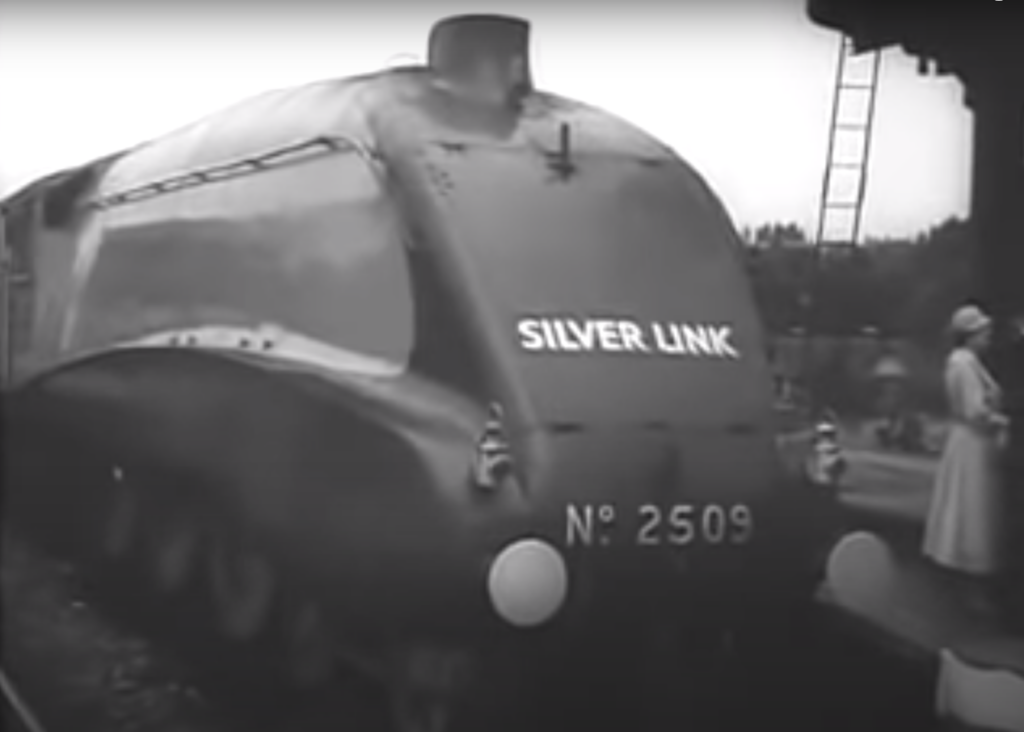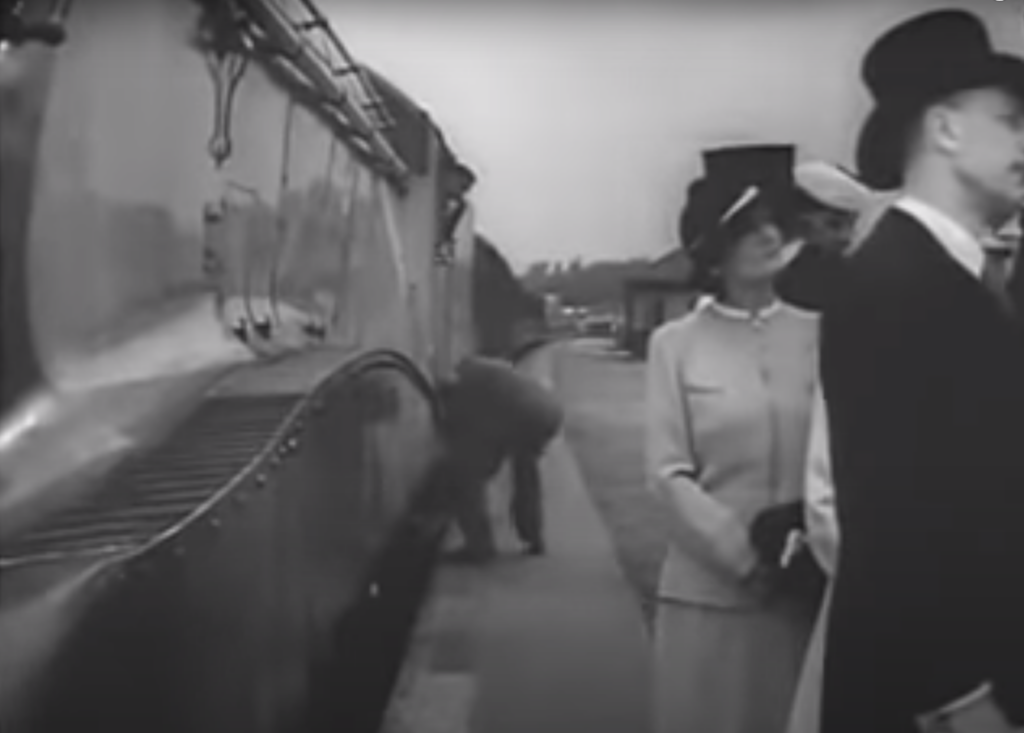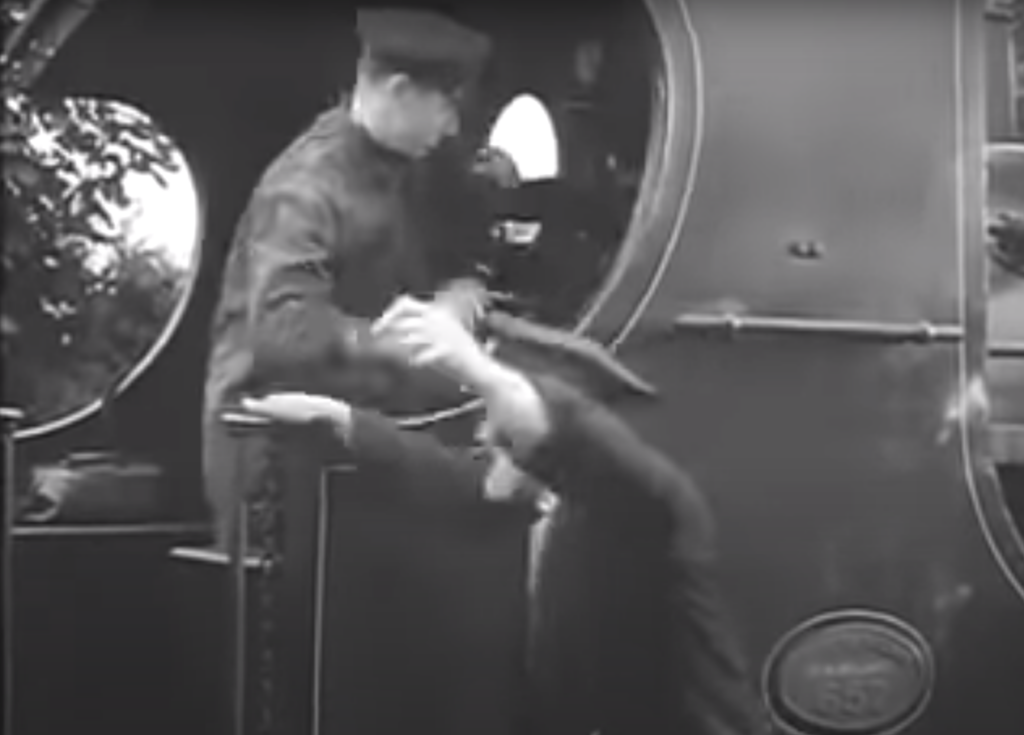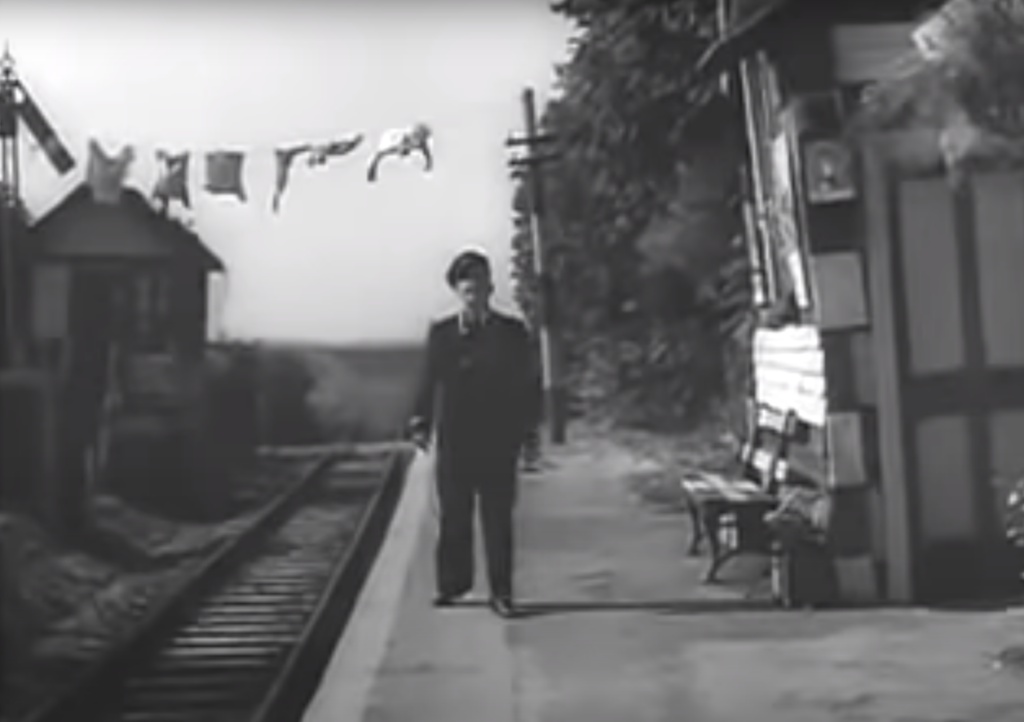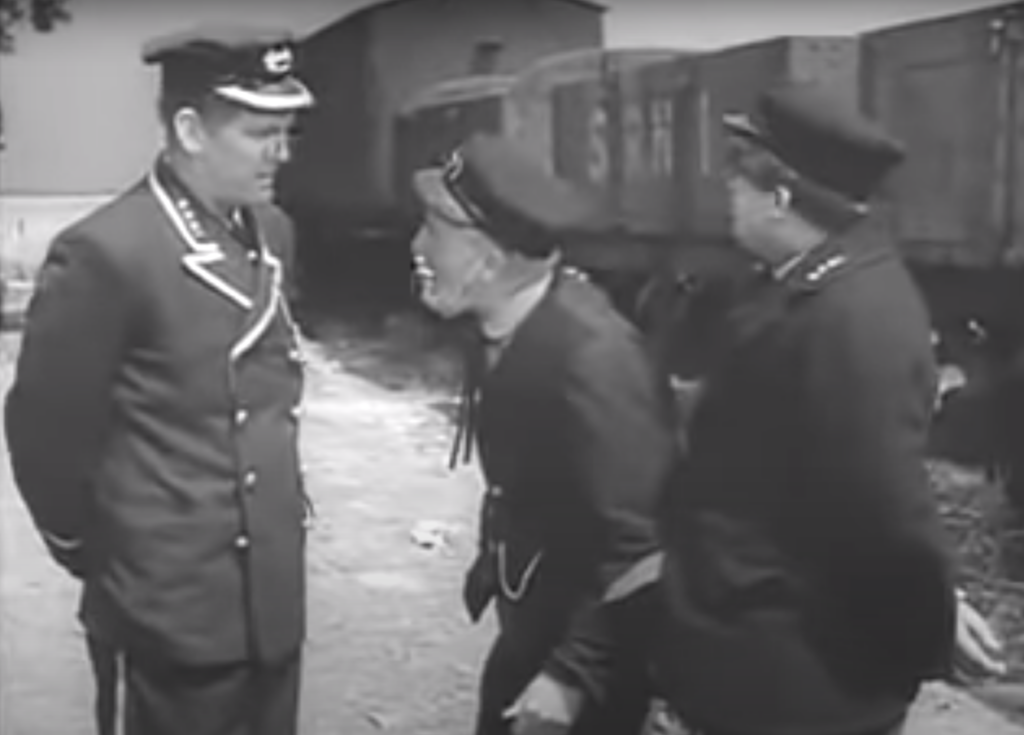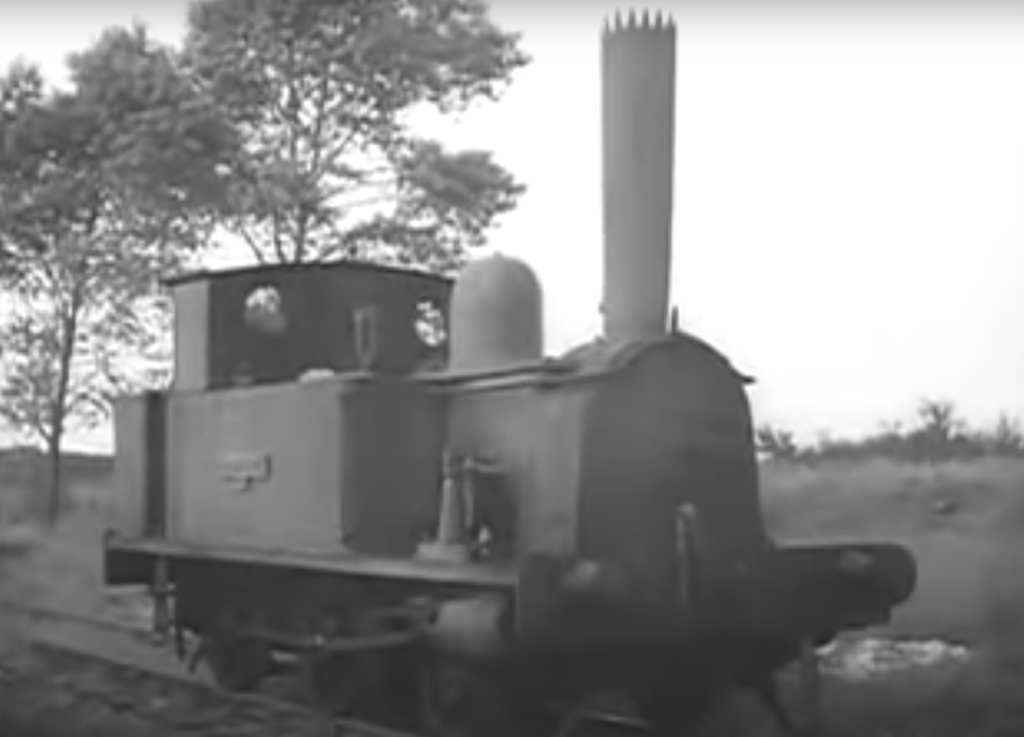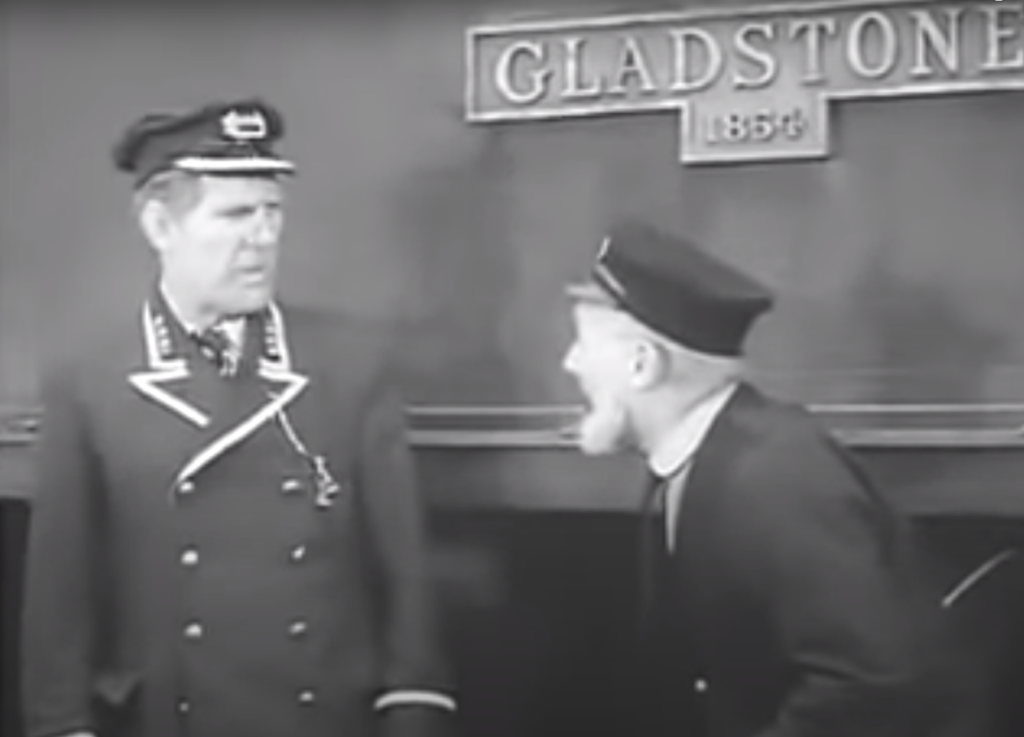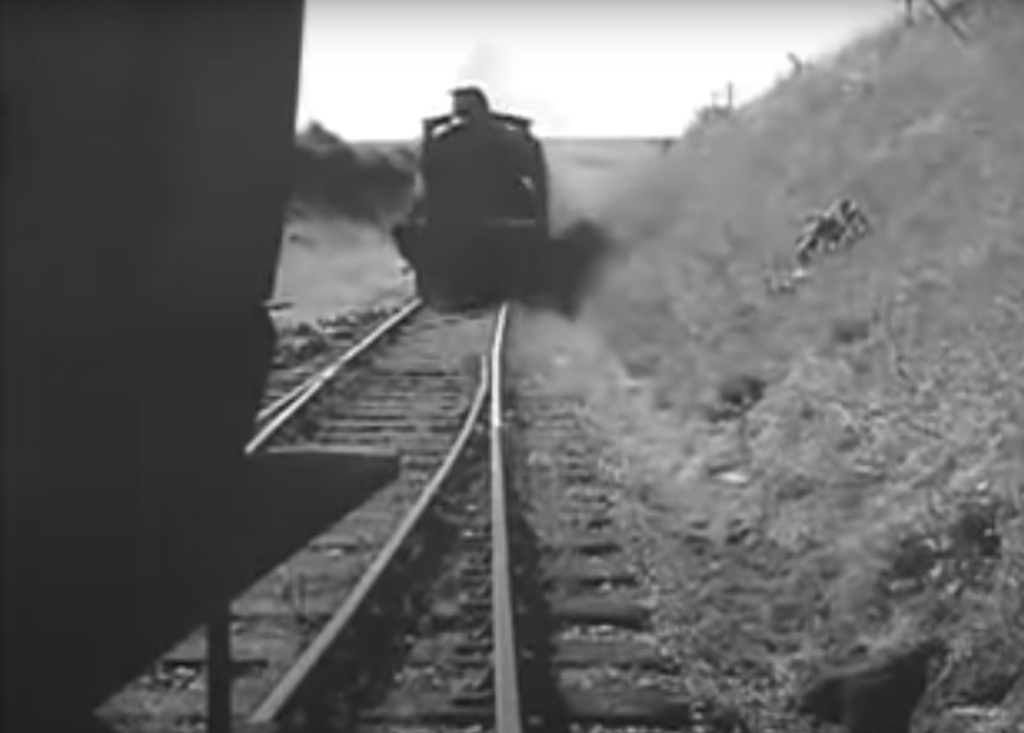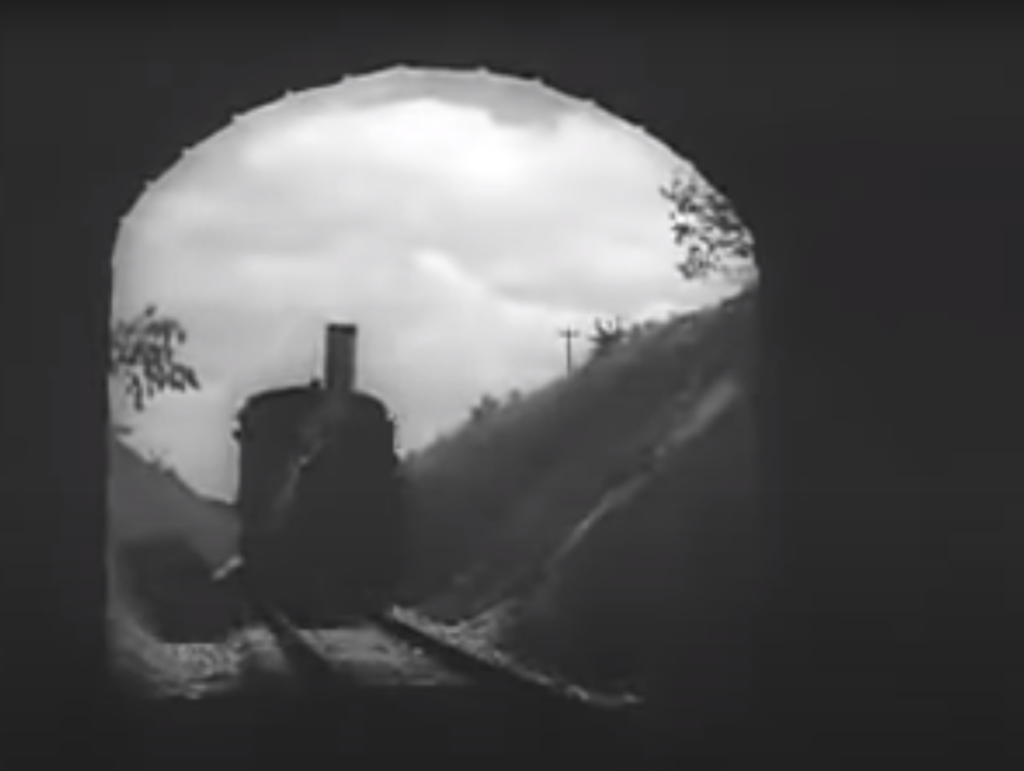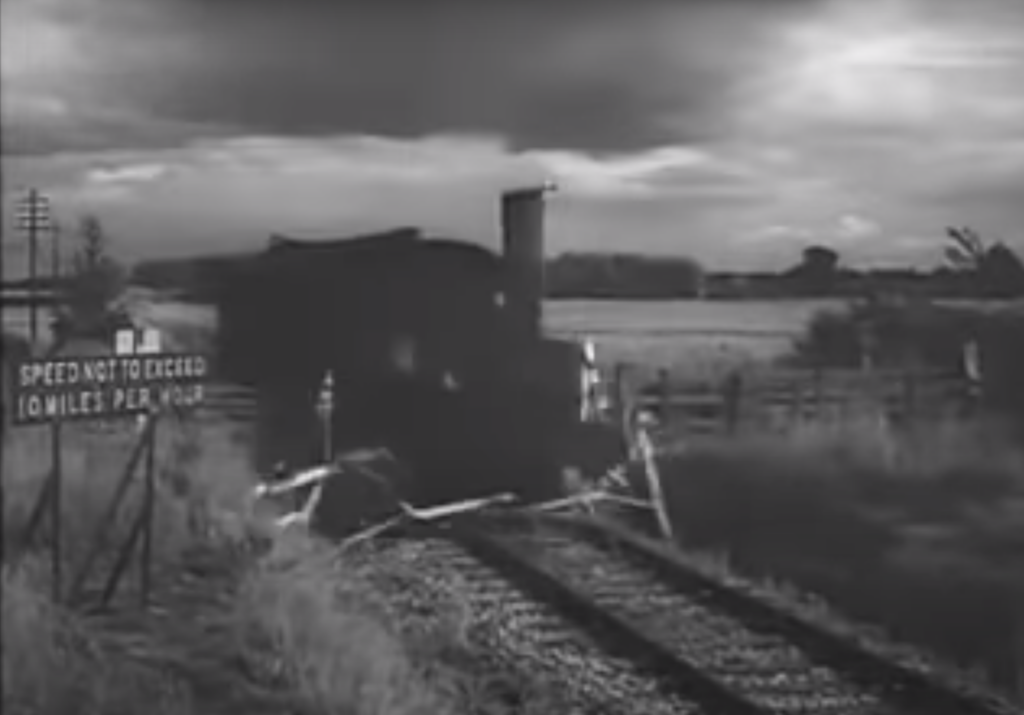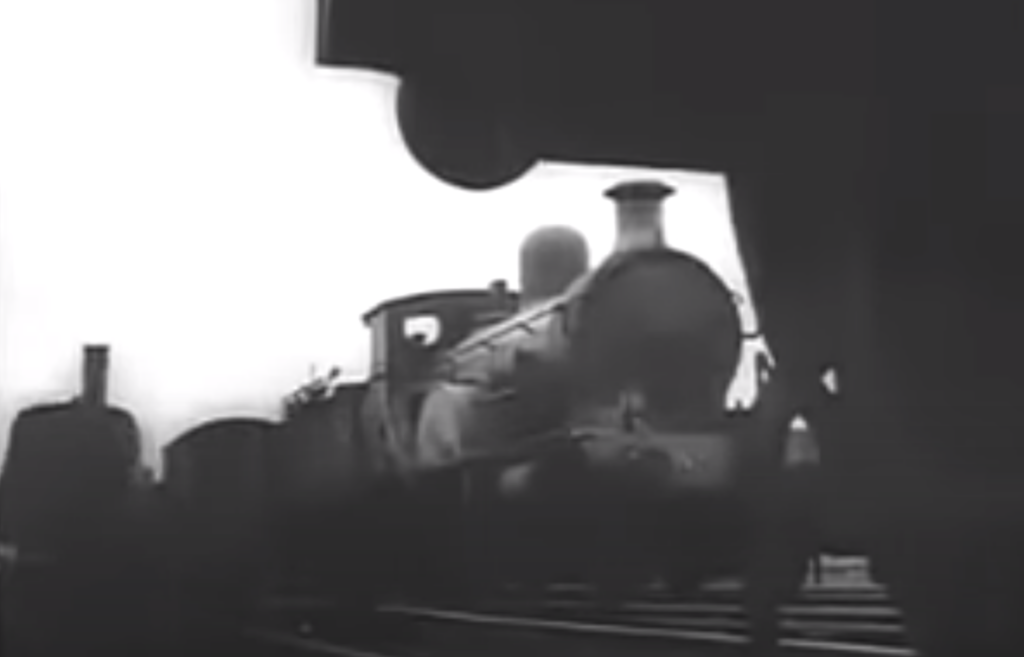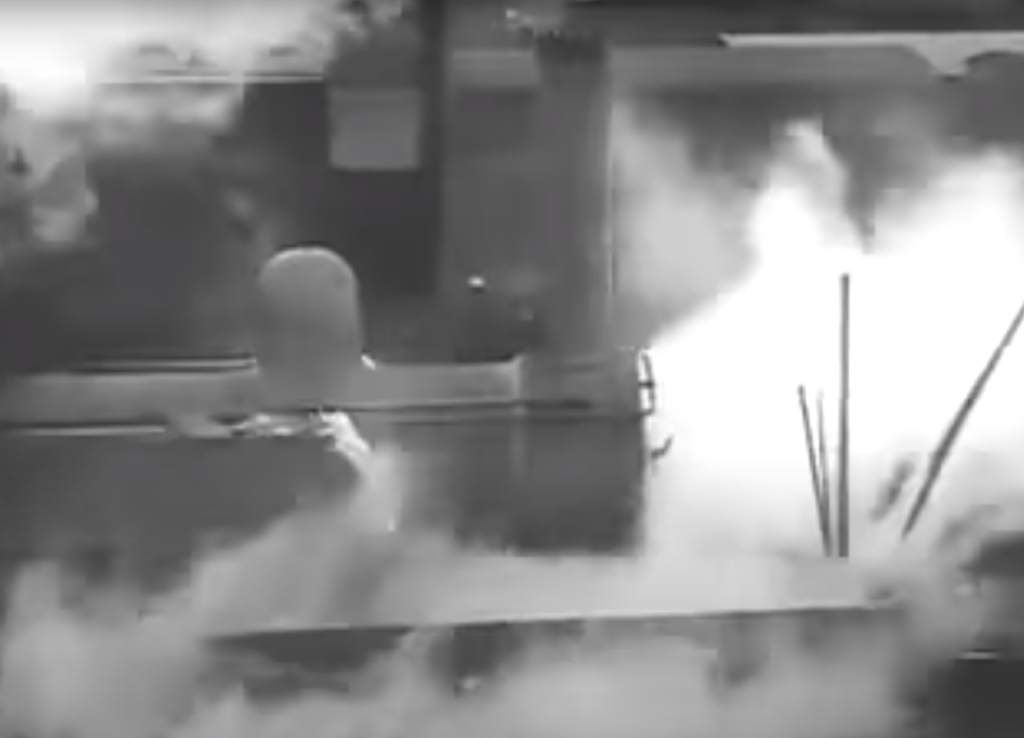
GB
1937
1hr 25mins
Dir: Marcel Varnel
Starring: Will Hay and Graham Moffat
An inept railway worker is given the job of stationmaster at a Northern Irish halt and catches a gang of gun-runners
This brilliant comedy, seen by many as Will Hay’s finest, has proved a timeless classic. Together with The Titfield Thunderbolt (qv) it has become everyone’s best remembered railway film. However, while ‘Titfield’ represents the Ealing tradition of gentle, nostalgic comedy with rural England bathed in a warm summer glow, Oh, Mr. Porter! is closer to music hall knockabout humour in the typical Gainsborough tradition. The plot of Oh, Mr Porter! was loosely based on the Arnold Ridley play The Ghost Train and the title was taken from Oh! Mr Porter, a music hall song. Most of the film was shot on the recently abandoned Basingstoke & Alton Light Railway (B&ALR). Gainsborough had filmed The Wrecker (qv) there eight years previously and it seems highly likely that a member of the production crew remembered this fact and wished to return to this little-known line, where filming could be carried out uninterrupted. Cliddesden station became the centre point of the film as ‘Buggleskelly’, a remote and ramshackle rural Northern Irish station situated on the border with the then Irish Free State. The railway map of Northern Ireland seen in the film is authentic, but the name of the town Buggleskelly has been added with the dot for Lisnaskea station moved without deleting the name, and the Irish border has moved east. Star of the film is Gladstone, the ancient steam locomotive, actually No.2 Northiam, a 2-4-0T built by Hawthorn Leslie in 1899 and loaned by the Kent and East Sussex Railway (K&ESR) for the film. The engine was returned to the company after completion of the contract and remained in service until 1941, when it was scrapped. The K&ESR’s fleet No.2 is visible on the bufferbeam in some scenes. For Oh, Mr Porter! the loco was modified with a very tall chimney and part of its cab was cut away to allow better filming of the actors. Filming took place over a hot summer, clearly evidenced by the cast, and demolition work was in fact taking place at the station with hoardings and a wooden building having to be erected around the part demolished remains of the former one. The railway scenes were shot on the line between May and July 1937, with the production crew then moving to Gainsborough’s Studios in Shepherds Bush to complete the interior scenes. A little-known fact is that the main cast were almost run down by Gladstone during filming, this in the days long before health and safety was enforced! The scene, now, is rather amusing, and it was kept in for comedy value rather than go for another take! Although Gladstone takes pride of place, a rare Southern Railway loco also appears in the film. The engine of the train that Will Hay halts at the station on his first day as station master is ex-LSWR Adams X6 Class 4-4-0 No.657. This was one of only 10 built in 1895, all of which had been withdrawn by 1946, so this is a particularly rare gem. It is purported that ex-LSWR Adams 0395 Class 0-6-0 No.3509 (built by Neilson & Co in 1885) is the engine hauling the express. The escape scene with the gun-runners onboard uses shots filmed on the Basingstoke & Alton Light Railway and on the London South Western main line and has been ‘speeded up’ to breakneck speed. A ‘Lord Nelson’ Class 4-6-0 is briefly glimpsed in the final scenes, and another Adams 4-4-0 appears in a run through of an engine yard (look closely and it appears twice as the scene is shot from different angles). The final crash uses the milk dock in the yard at Basingstoke, filled with sand to slow the loco. The tunnel on the ‘loop line’ was created by the film-makers in a cutting on the B&ALR. In one take, the crew of Gladstone were unable to stop in time and the locomotive crashed through the wooden doors at its entrance. Undeterred by this, the incident was incorporated into the finished film. It is a comedy after all! The opening title sequence features reversed ‘phantom ride’ shots taken from the rear of a train on the approaches to Southampton Central and on other sections of the LSWR main line (the tunnel at Wallers Ash is one other possible location). According to the late railway historian John Huntley in his book Railways on Screen, ‘the editor reversed his negative at one stage in preparing the title backgrounds, causing them to come out reversed on the final print’ (i.e. the train is running wrong line, but in the right direction). It isn’t all Southern though, and in the first scene of Will Hay wheel-tapping, there is a very good shot of LNER A4 Class 4-6-2 No.2509 Silver Link in the platforms at Hertford North station. The A4’s were very new at the time, and the four silver locos built for the Silver Jubilee titled train were especially glamourous and noteworthy. Obviously, someone thought an appearance by one in this film would be good publicity. Finally, a note about the B&ALR. Running entirely through Hampshire, it opened on 1st June 1901 and was the first railway to be enabled by an Order of the Light Railway Commission under the Light Railways Act of 1896. Despite its closure in January 1917 and the removal of much of the track for the war effort, the line was relaid and re-opened in August 1924 largely because of pressure from local landowners, farmers and agricultural workers. Passenger services ended in 1932, but a goods service from Basingstoke as far as Bentworth and Lasham (including Cliddesden) continued until 1936. The whole of the line was then dismantled, except for short stubs at either end which survived until 1967 (a 100 metre stub of the line at the Basingstoke end still survives, known as the Thornycroft Siding).
